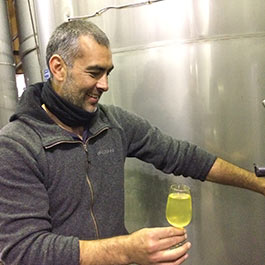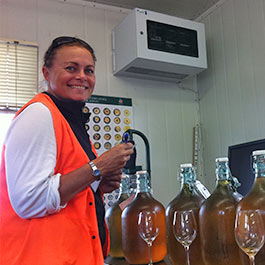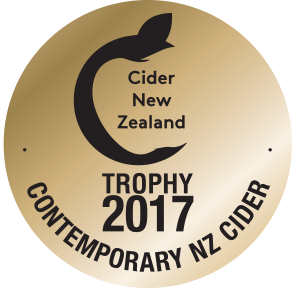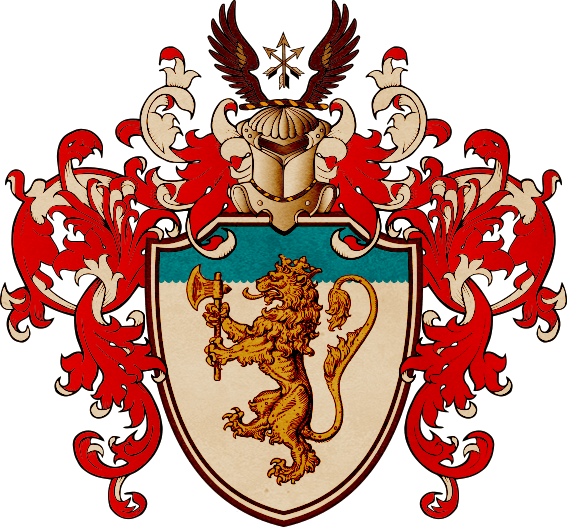Paynter’s is the ‘anti-hipster’ of ciders and we wanted labels that reflected our traditional roots. We scoured thousands of old illuminations and paintings in a search for these power images:
The Alchemist
is the ancient Persian prophet Zoroaster or Zarathustra, who taught a spiritual philosophy of self-realisation and realisation of the Divine. Here is in fine alchemaic form, riding a dragon and holding a three-headed bloom. It is Christian-themed depiction from the Clavis Artis, a 16th century German manuscript on alchemy. The triple-headed rose could be symbolizing the Trinity, as easily as it could be referring to the ‘three primes’ of alchemy.
The Huntress
was painted in the late 1300s and is actually of the Archangel Michael. Archangels were typically represented in the androgynous to feminine form. The position on the body of the dragon symbolizes the victory of good over evil, which is further emphasized by the immobilized wing of the dragon. The artist is the mysteriously named Master of Saint Verdiana, an Italian painter active somewhere between 1380 and 1420.
The Pilgrim
is taken from an illumination in the medieval manuscript: William Digulleville, The Pilgrimage of Human Life. A similar pilgrim figure can be seen in many works; the duality of the physical and spiritual journey being a great thematic tool. Here the pilgrim is taken totally out of context and is seen distracted by a suspicious crow.
Qyte Plummy
comes from a version of a book called the ‘Tacuinum Sanitatis: Medieval Horticulture and Health’ first commissioned by the Italian nobility during the last decades of the 14th century. It was a guide to healthy living and includes vivid scenes of the harvest of vegetables, fruits, flowers, and culinary and medicinal herbs.
The Pict
is taken from a hand-coloured version of Theodor de Bry’s 1588 engraving of a Pict woman “The True Picture of a Women Picte”. These Celtic people from the North and East of Scotland painted or tattooed themselves. The Romans called them Picts, mostly likely from the Latin ‘Pictus’ meaning painted.
Other incidental illuminations that have found their way on to the labels are mostly random marginalia – small doodles or illuminations that were made, presumably by scribes who found themselves with a bit of spare time on their hands.























